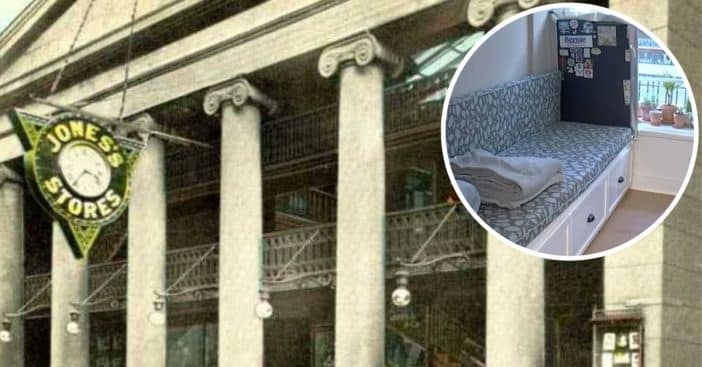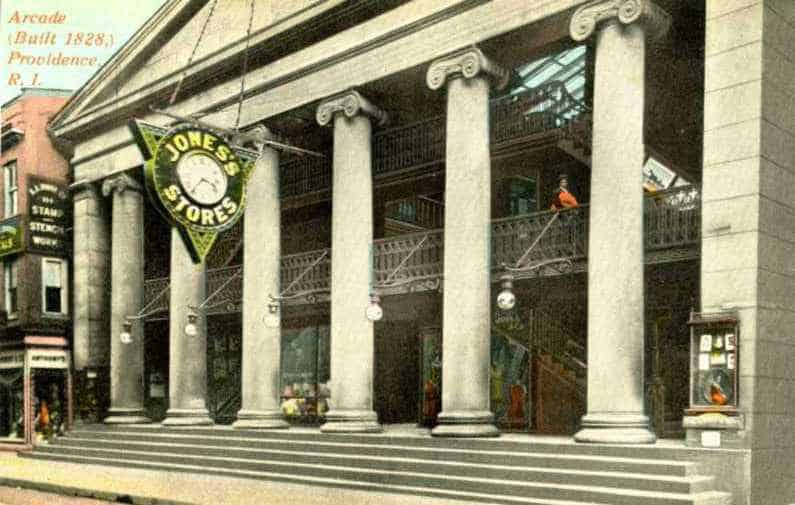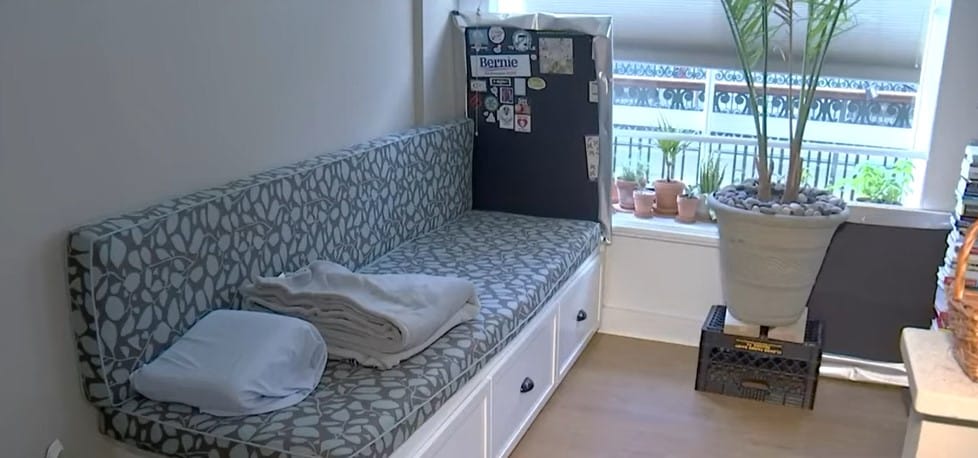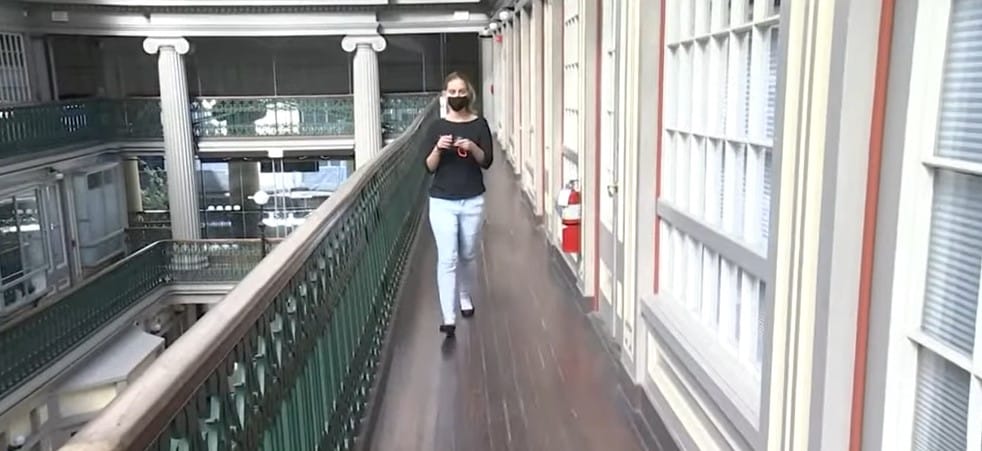
Around the world, there’s a growing embrace of the trend towards smaller, more compact living spaces, often called “shoebox” living. This shift reflects a desire among many to scale back and adopt a more sustainable lifestyle, facilitated by the availability of compact, repurposed, or off-the-grid living quarters.
A housing developer, Evan Granoff jumped on the housing trend as he recently repurposed the oldest mall in America Mall, Providence Arcade — an iconic structure with a rich history. The indoor shopping, which was constructed in 1828, had been abandoned due to bankruptcy, and Granoff seized the opportunity to transform the building into a space that aligns with the principles of sustainable living.
America’s oldest mall with abandoned shops now serves as residential homes

In 2005, following the acquisition of the mall, Granoff initiated a transformative project by converting the upper-level retail spaces into a series of micro-apartments while businesses and the original sun-flooded atrium were placed on the first level. These innovative living spaces offer residents the opportunity to lease a one-bedroom unit ranging from 225 to 800 square feet, with rental prices starting at $550 per month. Each apartment is thoughtfully designed, featuring a kitchen, a full bath with a shower, built-in beds, seating areas, and ample storage solutions.
RELATED: Vintage Burger King Found Preserved Behind A Shopping Mall Wall
The apartments are suited for people who want to live sustainable lifestyles, so they do not include stoves. Tenants can access freshly designed restaurants conveniently located on the ground floor, providing various dining options. Despite the limitations, people are quickly taking up the offer.

Early last year, an announcement was made that tenants would soon have the opportunity to transition from renting to ownership, with units available for purchase starting at $130,000 and commercial spaces at approximately $125,000. Importantly, Granoff emphasized that tenants who prefer renting will experience no significant changes, as rental options will remain available.

The developer openly shared that his project was cost-effective, emphasizing his desire for other investors to step forward and support similar initiatives, as it would contribute positively to the economy. “The location and size are everything unless you live at The Arcade. This lifestyle is ideal for those that have the means for saving their money. Hopefully, this concept is adopted by others so that maybe more abandoned malls can be repurposed for housing people,” Granoff admitted. “The incredible amount of space gives so much potential for living situations. I’m anticipating that a lot of people who are renting in the building right now will buy the units that they’re in because it’ll make economic sense for them.”
